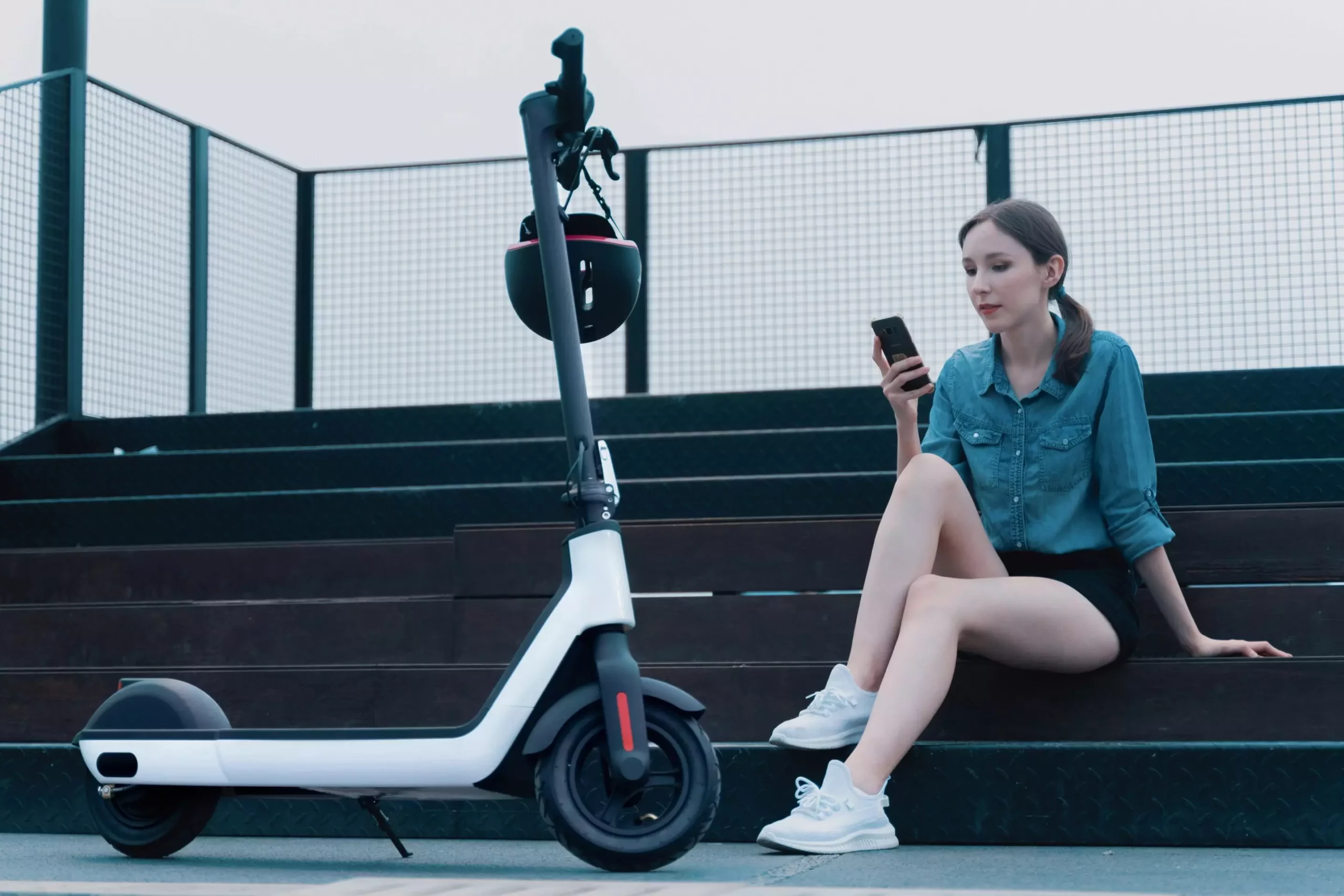The Melbourne City Council recently made the decision to terminate its contracts with operators of shared e-scooter schemes due to safety concerns. This move has raised questions about the long-term impacts on sustainable transport and environmental goals. Despite the positive effects of reducing emissions by 400 metric tons since the introduction of e-scooters in the city, safety worries seem to have taken precedence.
While shared e-scooters have only been available in Melbourne since early 2022, the concept of electric scooters dates back over a century. Initially, e-scooters gained popularity on public streets in the United States after the introduction of motorized scooters in 1915. However, concerns about their use in criminal activities tarnished their reputation, leading to a decline in their popularity. It wasn’t until recently that the potential for a low-emission and equitable mode of transport was revisited with shared e-scooter schemes.
Contrary to popular belief, shared e-scooters come equipped with safety features that are often lacking in privately owned e-scooters. Data from New Zealand’s accident compensation records indicate that shared e-scooters are associated with fewer serious injuries compared to bicycles or motorcycles. While there has been an increase in hospital-treated e-scooter injuries in Australia, the distinction between shared and private e-scooters is not clearly made in the data.
One of the key issues in the debate surrounding e-scooter safety is the difference in regulation between shared and private e-scooters. Shared e-scooters are subject to stringent regulations in Australia, including requirements for helmet provision, speed limiters, geo-fencing, and pedestrian-detection technology. On the other hand, privately owned e-scooters lack such standardized regulations and can vary significantly in quality and motor specifications.
Infrastructure plays a crucial role in ensuring the safety of e-scooter riders. A significant portion of e-scooter accidents occurs at intersections during daylight hours, highlighting the need for improved infrastructure for e-scooter use. Inadequate e-scooter lanes and abrupt endings of designated riding areas can contribute to safety hazards for riders.
E-scooters have the potential to significantly reduce carbon footprints in cities, alleviate traffic congestion, enhance access to public transport, facilitate efficient short-distance trips, eliminate the need for car parking, and improve air quality. By focusing solely on safety concerns, the City of Melbourne may have overlooked the broader benefits that shared e-scooters can offer in terms of sustainability and mobility.
Current governance structures for e-scooter regulation have been critiqued for their lack of stakeholder engagement and public involvement in decision-making processes. A more inclusive approach that considers the needs of all stakeholders, especially young people, low-income individuals, and those with disabilities, is essential for a balanced assessment of the benefits and drawbacks of shared e-scooters.
To promote widespread and safe use of e-scooters, there is a need for improved governance, rider safety education, standardized incident recording procedures, and the development of safe infrastructure. By taking a comprehensive and inclusive approach to evaluating the benefits and challenges of shared e-scooter schemes, policymakers can establish more consistent regulations and definitions across Australia.


Leave a Reply